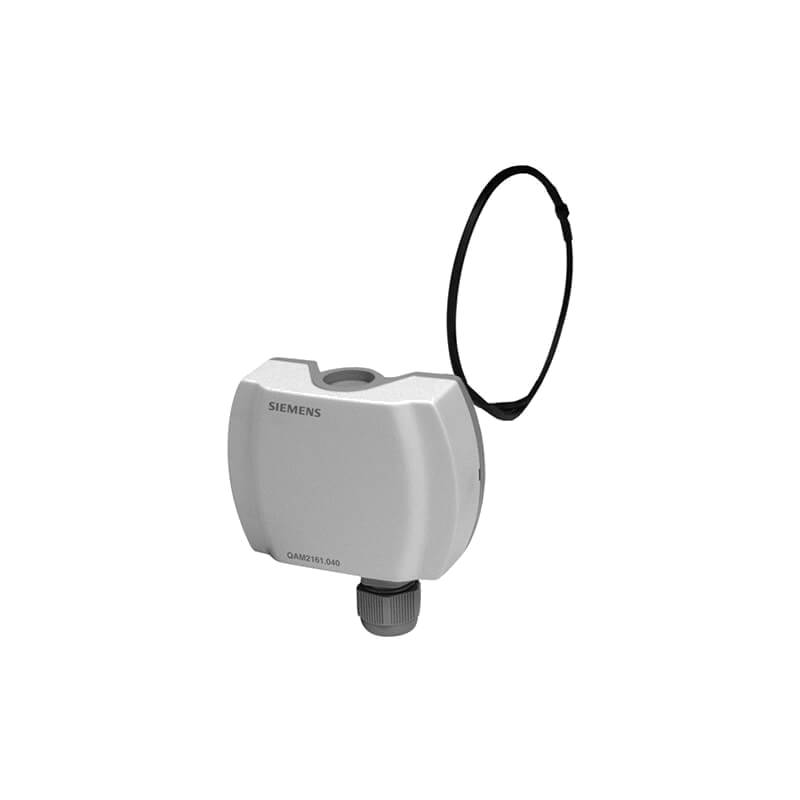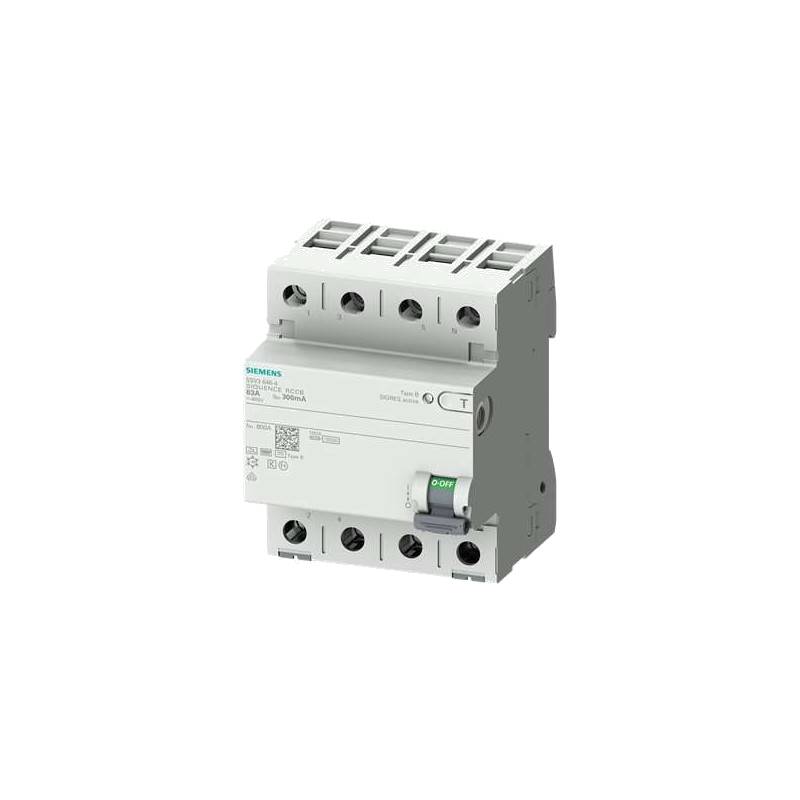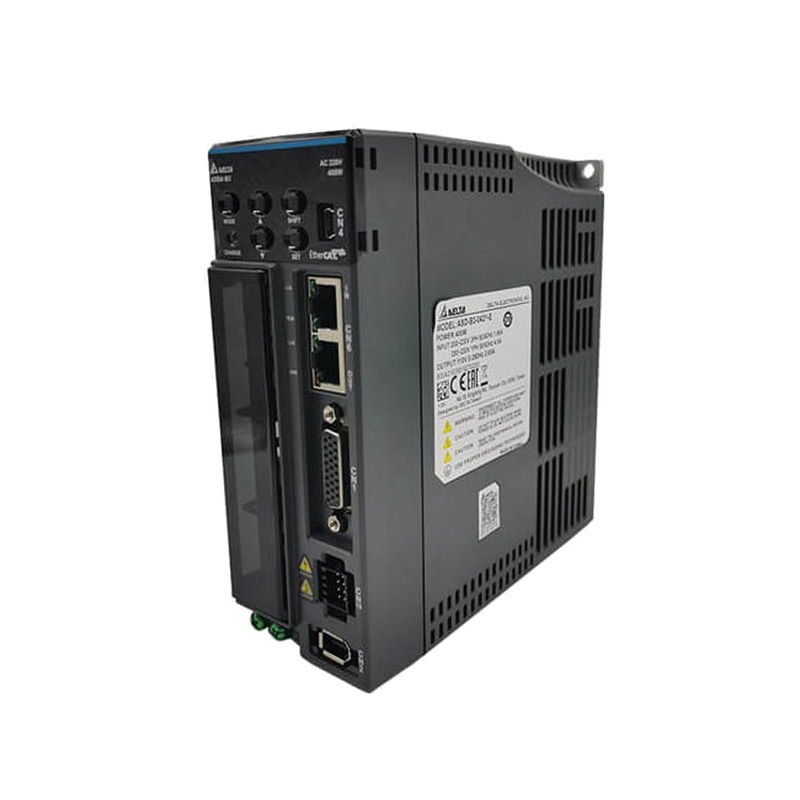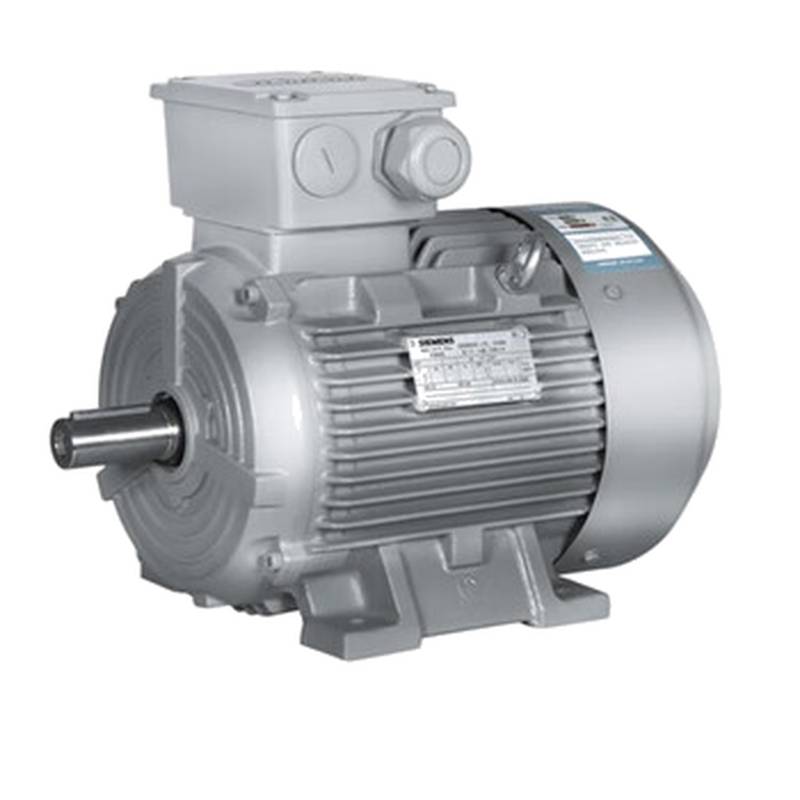
The Siemens 5SY6313-7CC is a robust four-pole miniature circuit breaker (MCB) designed for reliable protection in demanding industrial and commercial applications. This 3-pole, 13A device offers advanced thermal-magnetic tripping and superior breaking capacity, ensuring safety and operational continuity for electrical circuits. Its precise tripping characteristics and high performance make it a cornerstone for safeguarding equipment against overloads and short circuits.
Siemens 5SY6313-7CC: Product Specifications
| Feature | Specification |
| :--------------------- | :------------------------------------ |
| Manufacturer | Siemens |
| Product Series | 5SY6 |
| Pole Configuration | 4-pole |
| Rated Current (In) | 13 A |
| Rated Voltage (Ue) | 400 V AC |
| Breaking Capacity (Icn)| 10 kA |
| Tripping Curve | C |
| Frequency | 50/60 Hz |
| Connection Type | Screw Terminals |
| Mounting Type | DIN Rail |
| Protection Class | IP20 |
| Ambient Temperature | -25 to +45 °C |
| Certifications | CE, VDE |
Core Features & Market Positioning
The Siemens 5SY6313-7CC stands out in the crowded MCB market due to its exceptional reliability and Siemens' established reputation for quality electrical components. Its C-curve tripping characteristic is optimized for industrial environments where moderate inrush currents are common, providing protection without nuisance tripping. The 10 kA breaking capacity signifies its ability to safely interrupt fault currents, a critical factor in preventing catastrophic damage to electrical systems and ensuring personnel safety. This makes the 5SY6 series a preferred choice for engineers specifying protection devices where performance and peace of mind are paramount.
Key Application Scenarios
This 13A, four-pole circuit breaker is ideally suited for protecting main distribution boards, sub-distribution boards, and individual circuits in commercial buildings, industrial plants, and manufacturing facilities. Its application extends to safeguarding motors, transformers, and lighting circuits that require a higher degree of protection due to their typical operational characteristics. The 4-pole design is particularly beneficial for systems requiring complete isolation of all phases along with the neutral conductor, such as in certain motor control applications or IT-grounded systems.
Practical System Integration Guidance
Installing the Siemens 5SY6313-7CC is straightforward, utilizing the standard DIN rail mounting system prevalent in electrical enclosures. Ensure all power is de-energized before wiring. Connect the incoming phase conductors and the neutral conductor to the designated terminals at the top of the breaker, and the outgoing protected circuit conductors to the terminals at the bottom. Proper torque must be applied to the screw terminals according to the manufacturer's specifications to ensure a secure connection and prevent overheating.
Operation and Risk Mitigation
The 5SY6313-7CC operates on a thermal-magnetic principle. The thermal element protects against sustained overloads by bending a bimetallic strip, which eventually triggers the trip mechanism. The magnetic element provides rapid tripping during short-circuit events. To mitigate risks, always ensure the breaker is correctly rated for the load it protects and that the ambient temperature remains within operational limits. Regularly inspect terminals for signs of overheating or loose connections.
Scalability & Long-Term Value
Siemens' 5SY6 series MCBs are designed for compatibility within broader Siemens industrial control and automation ecosystems. While this specific unit is a standalone protective device, its consistent performance and adherence to international standards ensure it integrates seamlessly with other Siemens components and can be part of a larger, scalable electrical infrastructure. The durability of these devices contributes to a lower total cost of ownership by minimizing downtime and replacement needs.
Frequently Asked Questions
What is the tripping curve of the Siemens 5SY6313-7CC?
The Siemens 5SY6313-7CC features a C-type tripping curve. This characteristic means it is designed to handle moderate inrush currents typical of inductive loads. It will trip between 5 to 10 times its rated current. This makes it suitable for protecting circuits with motors or transformers.
What is the breaking capacity of this circuit breaker?
This miniature circuit breaker possesses a significant breaking capacity of 10 kA. This rating indicates its ability to safely interrupt fault currents up to 10,000 amperes. A high breaking capacity is crucial for protecting downstream equipment and preventing electrical fires during severe short circuits.
Can the Siemens 5SY6313-7CC be used for DC applications?
No, the Siemens 5SY6313-7CC is exclusively designed for AC (Alternating Current) applications. It is rated for a maximum AC voltage of 400V. Using it on DC circuits can lead to unreliable operation and a failure to trip correctly. Always verify the application voltage and type.
How do I wire a four-pole circuit breaker like the 5SY6313-7CC?
Wire the incoming phase conductors (L1, L2, L3) and the neutral conductor to the designated terminals at the top of the breaker. Connect the outgoing conductors from the protected circuit to the corresponding terminals at the bottom. Ensure proper wire size and torque all connections securely.
What are the dimensions and mounting requirements for the 5SY6313-7CC?
This MCB is designed for standard 35mm DIN rail mounting, a common standard in electrical enclosures. Its compact dimensions ensure efficient use of space within distribution panels. Refer to the datasheet for precise physical dimensions and module widths.
What does "3P 13A" signify on the Siemens 5SY6313-7CC?
"3P" denotes that this is a three-pole circuit breaker. "13A" indicates its rated current, meaning it is designed to continuously carry a maximum of 13 amperes without tripping under normal conditions. This rating is critical for selecting the correct breaker for a specific load.
What types of loads is the C-curve breaker best suited for?
A C-curve breaker is ideal for circuits with moderate inductive loads or where inrush currents are expected. This includes applications like lighting circuits, control circuits, and general-purpose circuits in commercial and industrial settings. It provides a balance between overload protection and handling transient surges.
What is the role of the neutral pole in a 4-pole MCB?
In a 4-pole MCB, the neutral pole typically provides switching and protection for the neutral conductor. This is essential for applications requiring complete isolation of all conductors, including the neutral, for maintenance or safety reasons, particularly in systems with IT earthing or certain motor loads.
Are there specific safety precautions when installing this circuit breaker?
Yes, always ensure the power supply is completely disconnected before installation or any maintenance work. Verify the breaker's rating matches the circuit's requirements. Use appropriately sized conductors and ensure all connections are tight to prevent arcing and potential hazards.
How does the Siemens 5SY6313-7CC protect against overloads and short circuits?
It employs a dual-protection mechanism: a thermal element detects sustained overloads by reacting to heat, and a magnetic element detects sudden, high-current short circuits. Both mechanisms trigger a quick and safe interruption of the circuit, safeguarding both the equipment and wiring from damage.

























